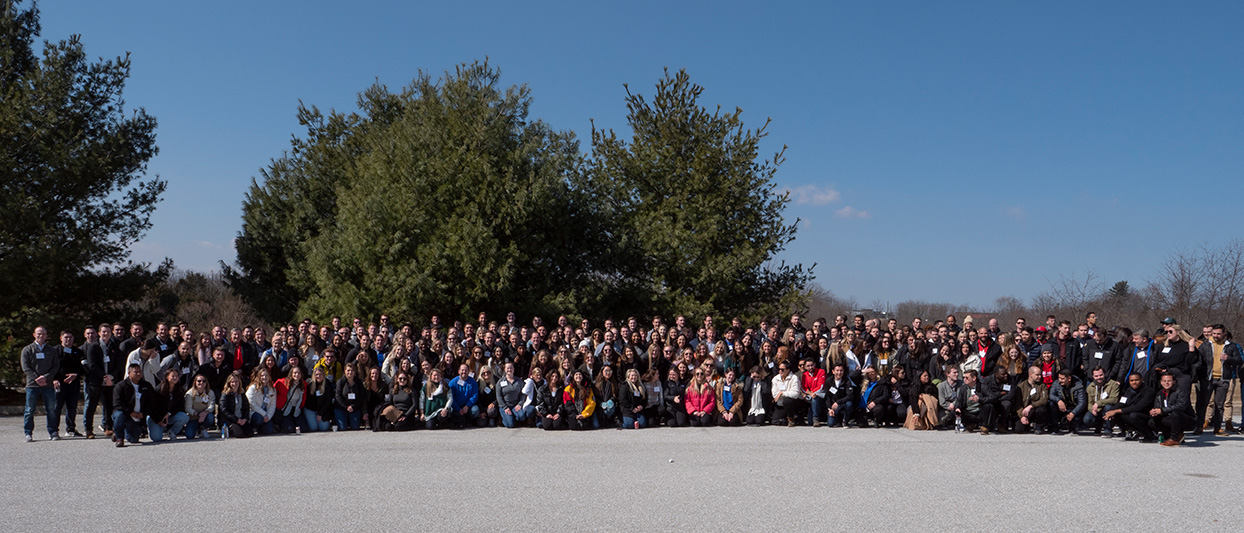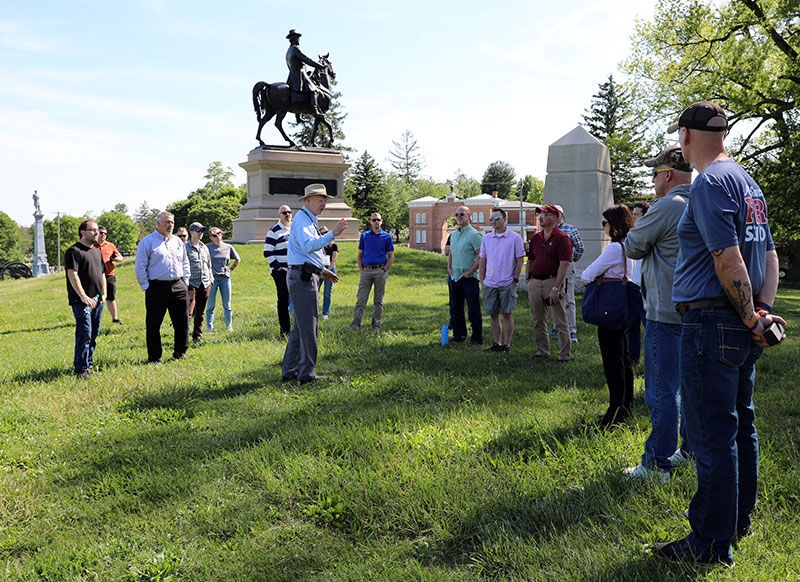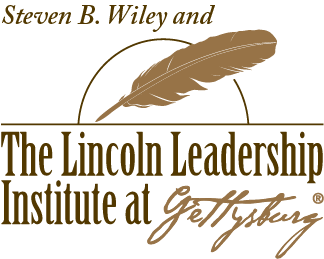The hallowed ground of the Gettysburg National Military Park becomes our learning laboratory as our esteemed faculty of renowned historians, retired generals and admirals, and cutting-edge leadership professionals guide you through our signature program: A Transformational Journey from Gettysburg.
Request Information on This Experience
Using incidents from the Battle of Gettysburg, we explore leadership concepts including positioning for strategic advantage, engaging our followers, identifying and protecting organizational vulnerabilities, managing a professional disagreement, and building high performing, high character teams. In addition to our signature case studies, we have dozens of other modules that can be added or substituted, allowing us to customize a program to work with individuals at any level and facing any type of leadership or performance challenge.
Two Ways to Develop Your Leadership
Private Experience

These sessions will use the Battle of Gettysburg as the backdrop for real-life challenges that we all face in our daily work life. These sessions will be tailored for your organization so that attendees leave with an understanding of the challenges they and their teams are facing and solutions they can put into practice immediately.
Open Enrollment

Open Enrollment sessions are designed for individuals who want to grow their own leadership, those working on individualized development plans, or small teams from one organization.



